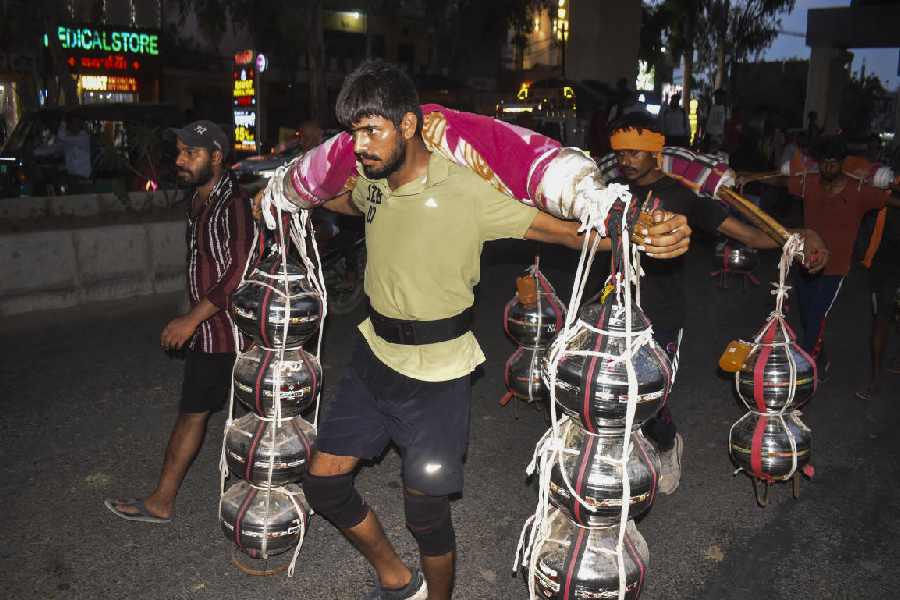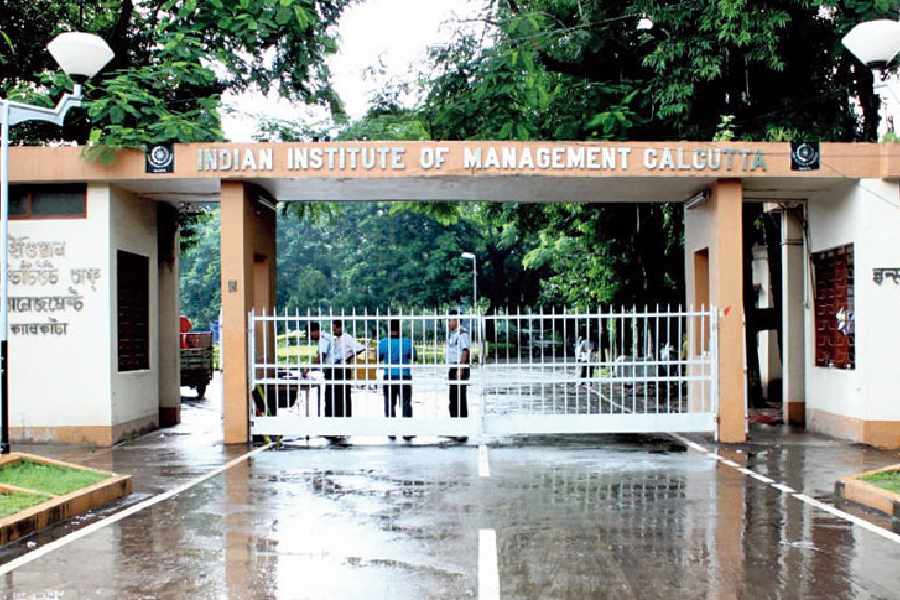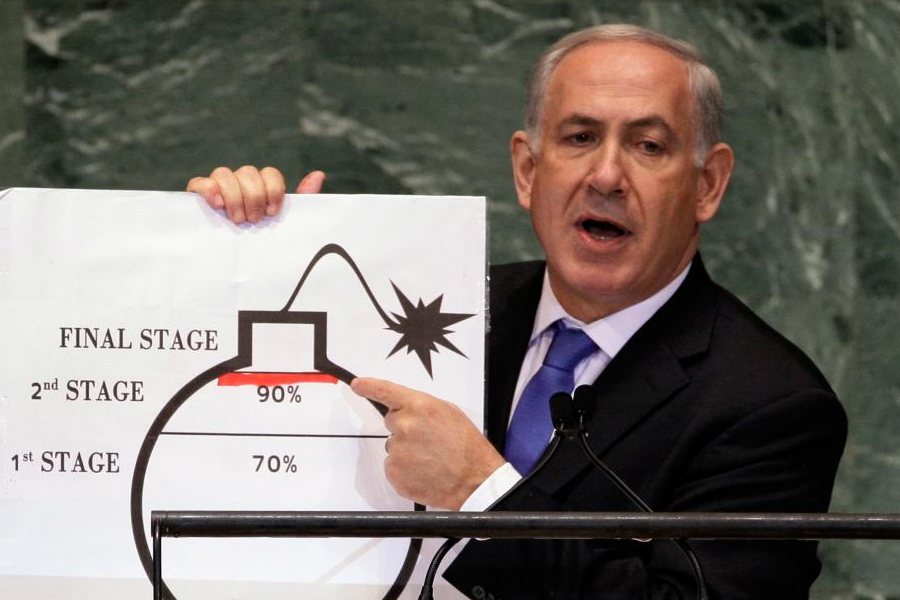 |
| A pollution check centre on SP Verma Road. Picture by Nagendra Kumar Singh |
The transport department has urged the entire state government machinery, including Bihar police, and the judiciary to ensure pollution checks of all their vehicles.
Earlier this week, transport principal secretary-cum-transport commissioner Vijoy Prakash wrote a letter in this regard to the respective departments, all district magistrates, superintendents of police and the registrar at Patna High Court.
The move aims to reduce air pollution in the city. World Health Organisation (WHO), through its 2014 version of the ambient air pollution database released on May 7 this year, declared Patna the secondmost polluted city in the country, only after New Delhi.
“We would soon launch an exhaustive drive on vehicles running without the mandatory pollution control certificate. We thought it was necessary to ensure that all government vehicles comply with this norm. It would send a positive message,” said Vijoy.
According to Rule 163(a) of the Bihar Motor Vehicle Rules, 1992, no vehicle is allowed to be kept or run without pollution control certificate. The penalty for violation of this rule as per Rule 190(2) of the Central Motor Vehicles Act, 1988, is Rs 1,000 for the first offence and Rs 2,000 for subsequent offences.
There are around 50 pollution control centres registered with the district transport office (DTO), Patna. The DTO office claims that around 80 per cent of the vehicles running in the city get their periodical pollution checks done.
Higher level of respiratory suspended particulate matter (PM10 and PM 2.5) has been linked to vehicular emission. RSPM is the fine particulate matter that invades the lungs and triggers respiratory diseases and cancer in Patna. In fact, its level in the state capital is more than double the respective standards.
According to the yearly air pollution report of Bihar State Pollution Control Board (BSPCB) for 2013-14, released in May this year, the actual level of PM10 was found to be 152 µg/metre cube against its respective standard of 60 µg/metre cube.
Acknowledging such higher level of pollution from vehicular emission, BSPCB scientists have hailed the transport department’s move.










